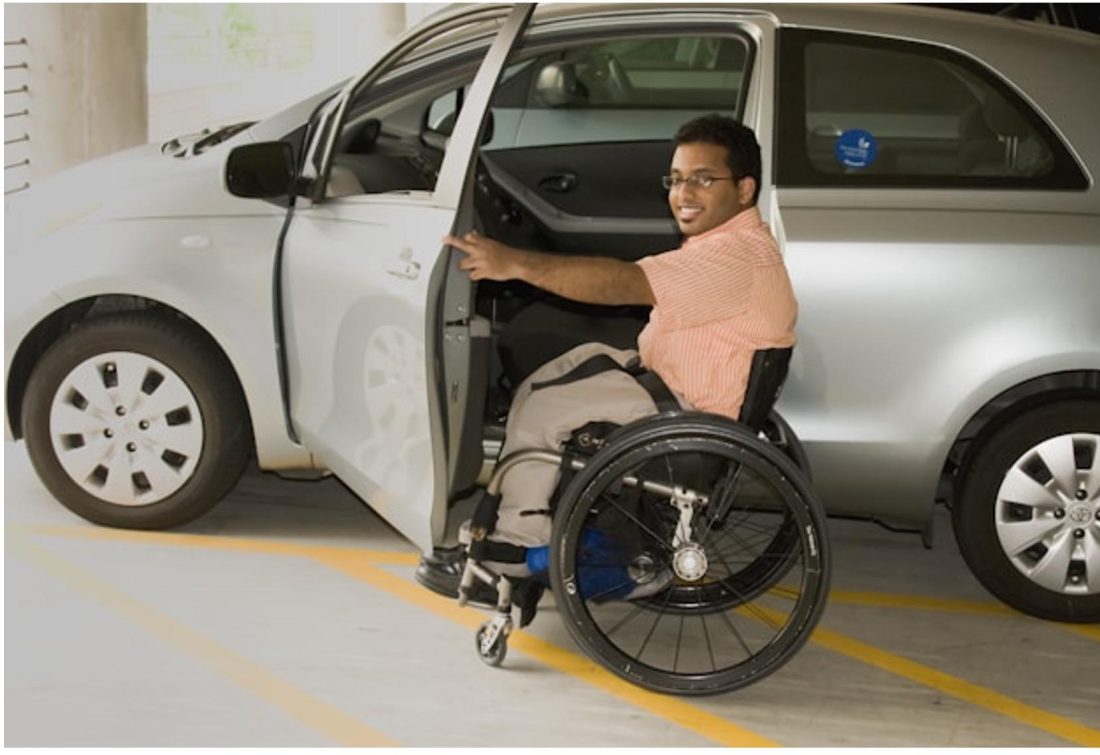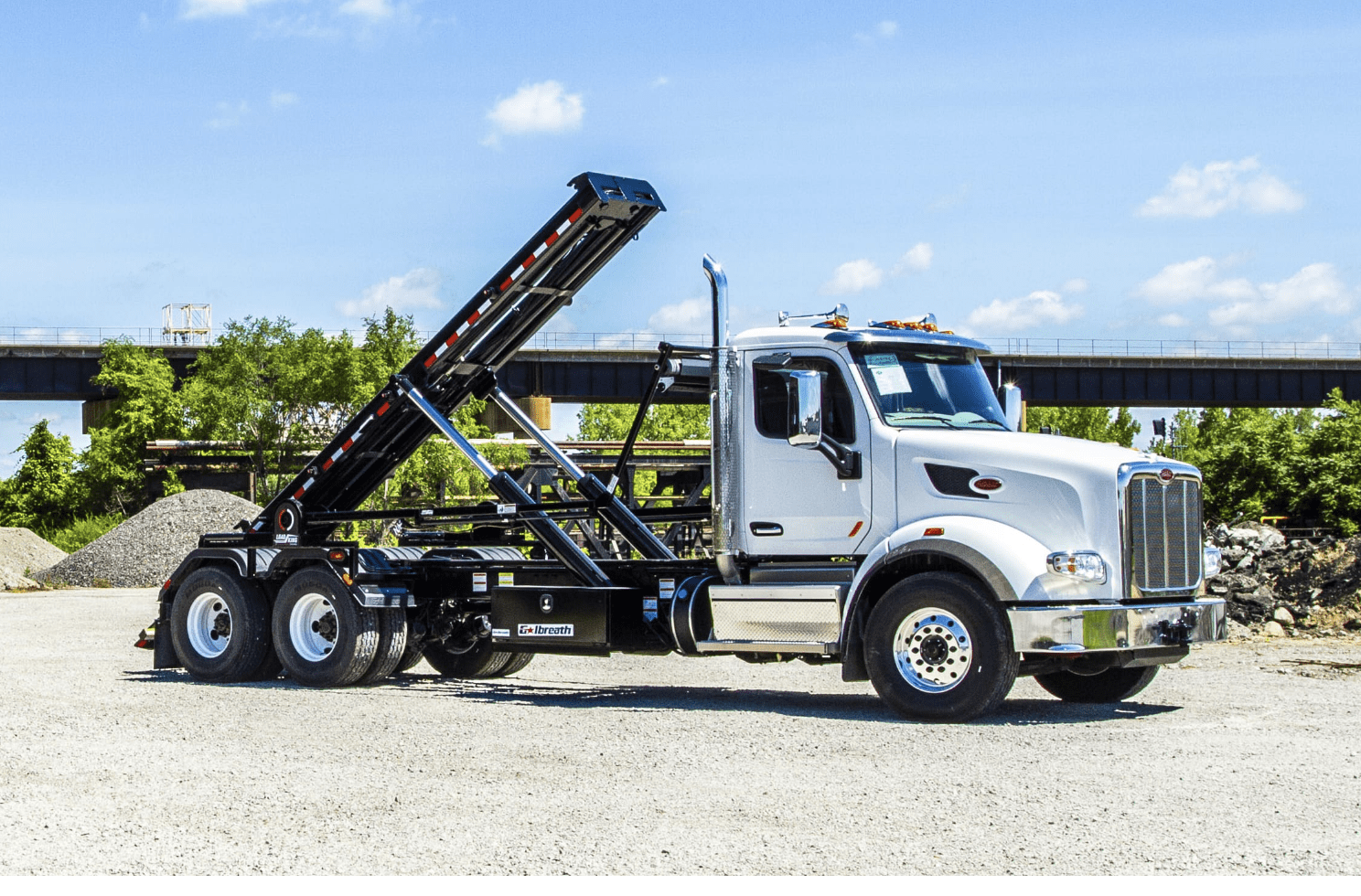Find & Buy a Wheelchair Accessible Van Suited for Your Needs

Those living with severe to mild physical impairments enjoy increased freedom and independence with wheelchair-accessible vehicles. These vans come in a range of sizes, types, and designs to suit specific preferences and needs. Visit this link for guidelines on finding and buying used wheelchair vans.
The larger models, including minivans, full-size vans, and SUVs, benefit those with limited mobility. Each offers its own features and adaptations that make one better than the other for someone.
The wheelchair-accessible minivan is the auto most often used. These not only offer sufficient space for a wheelchair, but the minivan is fuel efficient, provides comfortability, and simple drivability, and has exceptional safety ratings.
These are a common choice since the minivans are readily modified with side and rear-entry lifts based on specific health needs. They can be adapted for virtually any purpose. A full-size van offers much more space and can navigate a heavier, voluminous wheelchair.
Regardless of the type of vehicle, the caregivers and the individual will notice an improved quality of life; it’s a liberating experience that those with limited mobility will want to take advantage of.
Finding Wheelchair Accessible Vehicles
Finding a wheelchair-accessible vehicle to satisfy your needs and preferences can seem daunting, but with due diligence, it’s possible with used wheelchair-accessible vehicle website . A few guidelines to consider when shopping for the ideal mobile auto include the following.
Grants/loans
Several states offer grants or loans for accessible vans. For example, programs offered by California include the DOR- Department of Rehabilitation program, the AT Loan Guarantee program, and the CATE- California Assistive Technology Exchange program.
These are guaranteed loans administered for individuals with limited mobility who need transportation. You can research online to find financing or discuss available options with suppliers.
Questions/test drive
When comparing used and new accessible autos or vans, always pose questions and concerns. Researching before shopping can prepare you to find the vehicle most suitable for your needs and help you with a list of questions to ask suppliers.
Test drive the vehicle and each feature and adaptation it offers, including entry ramps, lifts, and hand controls, ensuring the space is suited to your specific needs and, if you intend to drive, that the steering wheel is accessible, and the area is comfortable.
The electrical system should be heavy-duty to allow for the equipment you have. If you need an advanced lift setup, the chassis must be able to sustain the weight. Inspect the interior for rusting, loose panels, and flawed welding. Review the warranty to ensure the conversion did not void the paperwork.
Safety guidelines
The mobility auto must meet Federal Motor Vehicle Safety guidelines. The NMEDA- National Mobility Equipment Dealers Association is a resource that validates standards.
This association is devoted to the safety, professionalism, and reliability of equipment for those with limited mobility who choose to be either drivers or passengers. When comparing suppliers to shop for the most suitable vehicle for you, here are a few tips to follow.
- Contact dealers to help guide you toward those selling mobility vans.
- An excellent resource for finding accessible vans and mobility autos is the internet. If the vehicle you’re looking for is unavailable, many dealers offer unique programs to find the car and bring it to your area.
- Reaching out to a medical practitioner or physical therapist clinic often yields referrals.
Buying a Used Mobility Van
Many questions and choices need to be considered when in the market for an accessible van, including the following details:
Short-term or long-term
Prospective buyers of mobility vehicles will need to consider whether they will need the wheelchair-accessible van for only a few years or long term. A new van will depreciate quickly during its first year and a half despite the number of miles used.
Used autos between 2-4 years old cost roughly “50-70 percent less” than a brand-new vehicle. Buying used will substantially lower the ownership costs, particularly if you’re uncertain how long you’ll use the auto.
Year and mileage
Many credit unions and banking institutions have limits on a vehicle’s mileage and age when financing for the most competitive rates. Typically, the max age is “10 years with under 100,000 miles” for the best financing. When buying a used vehicle, these considerations should be kept in mind.
Anything outside these parameters will likely need to be a cash purchase. Better financing will be offered for newer autos and those with low mileage.
Servicing
Depending on the manufacturer’s reliability and the conversion type, used accessible vans can be very dependable.
Check with the supplier for service records on the vehicle’s conversion to see if the original owners had PMI- Preventative Maintenance Inspections recommended by manufacturers to be performed every six months. These are vital to retaining vehicle reliability and that of the features and adaptations.
The best time to buy a wheelchair-accessible van is at the end of a calendar year when manufacturers offer major rebates to push an aging inventory. Click here for tips on affording wheelchair-accessible vans.


